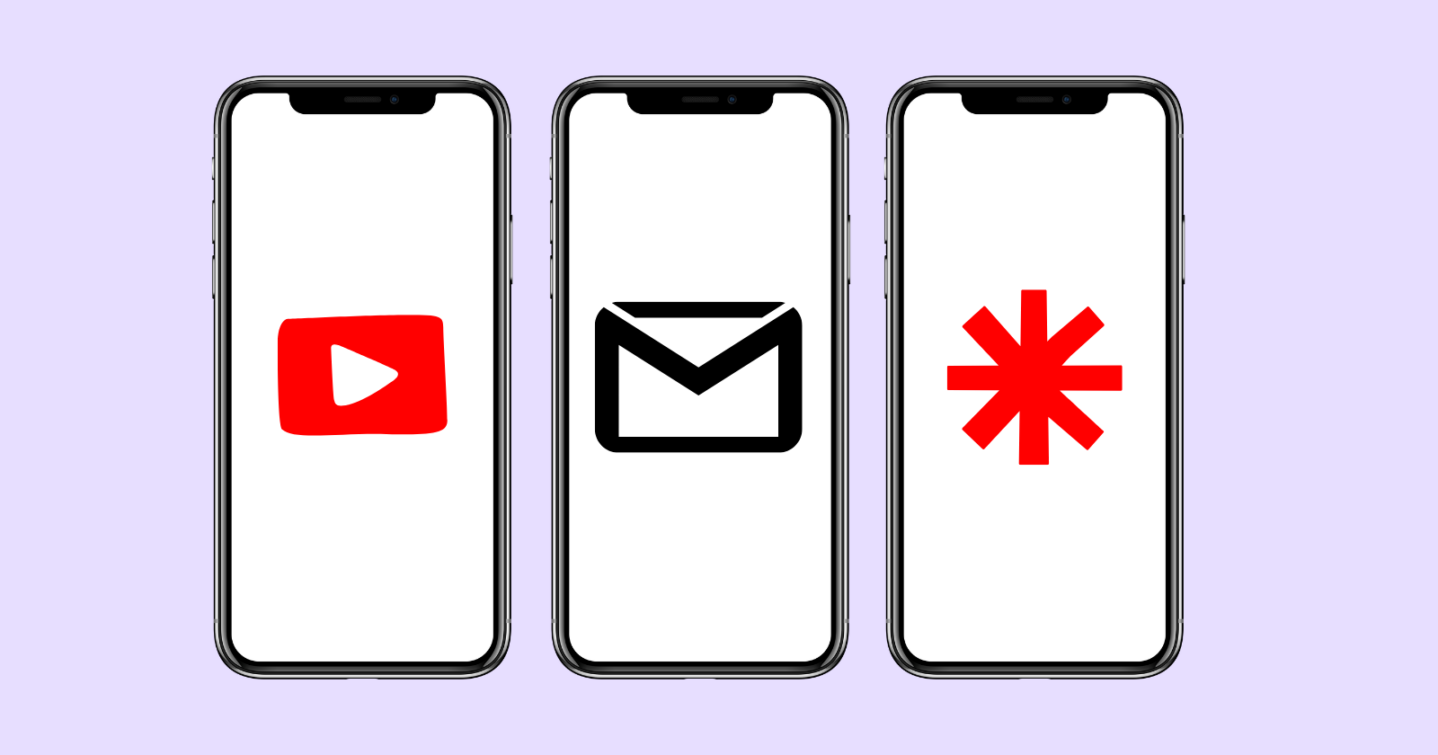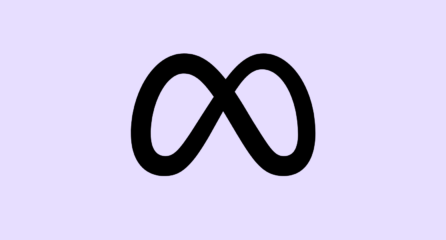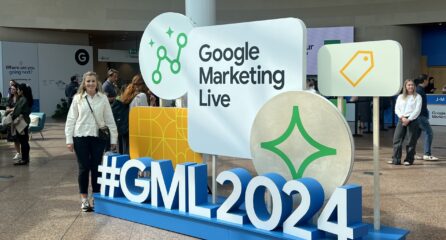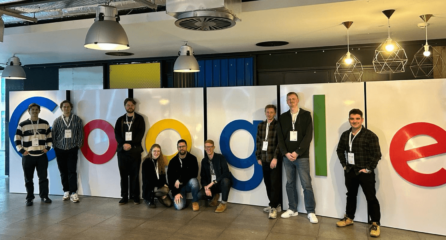Google has announced significant updates to its Demand Gen campaigns, introducing new features that promise to enhance performance while giving advertisers more control over their ad placements and creative assets.
But will Google be able to deliver on that promise, or will these features just add extra layers of complexity without adding value to advertisers? We’re taking a dive into Demand Gen campaigns in our guide, and further insights into these recent changes.
What is Demand Gen?
Launched in 2023, Demand Gen campaigns display ads across Google’s visual platforms, such as Discover, Gmail, YouTube – and now, carousels in PPC. They’re designed to help brands connect with potential customers when they’re not actively searching, using AI-powered features to optimise ad delivery and performance.
It’s no secret that visual content works, with businesses having a 63% higher chance of a strong ROI after employing it in their content marketing strategies. Google’s Demand Gen reflects this – it’s an AI-based weapon for advertisers armed with eye-catching visuals, ready to spark inspiration, increase engagement and, most importantly, sell their products and services to relevant users.
What’s changing, and why?
Google recently announced a trio of changes with more updates on the horizon. According to their blog post, they’re increasing advertisers’ control over these campaigns, providing more detailed performance insights as well as new creative asset formats. They’ve listened to feedback since Demand Gen first launched in 2023, providing extra flexibility and ensuring that businesses’ Demand Gen campaigns are a success.
These changes may also help Google to rival social media platforms further up the marketing funnel, making it easier to run visual campaigns across a wider variety of platforms.
“Google’s latest updates to Demand Gen show they’re listening to advertisers’ needs for both automation and control. The new features strike a balance between AI-powered optimisation and human oversight by giving advertisers better reporting features” – Sam Gosling, our Paid Media expert.
Enhanced campaign control
Google acknowledges that flexible controls are crucial for AI-powered campaign optimisation. Starting in March 2025, advertisers will have more control over where their ads appear across YouTube, Discover, and Gmail – including specific targeting for YouTube Shorts.
Everything points to this being a move by Google to address the growing amount of advertisers on social media platforms by expanding and improving their middle and top-of-funnel channels.
Creative improvements
You can’t create compelling campaigns if your creatives are not quite right for each platform or screen size – especially in a world of scattered user journeys. Google has introduced new ways to tailor assets across different formats in Demand Gen, including:
- Vertical 9:16 image ads for YouTube Shorts
- Automatic video enhancement features, such as easier, more efficient ways to make and enhance short-form videos.
- Improved ad creation workflow with stakeholder preview sharing, for quick creative approval.
Improved performance tracking
This update has been a long-awaited one, and is certainly welcomed by us here at Loom. There are new reporting columns to help compare performance with paid social efforts, including view-through conversions for better cross-channel comparison.
With more visibility on your campaign performance, you’ll have a better understanding of how to spread our budget and ensure you’re investing in the right channels for your business.
The demise of Video Action campaigns
If YouTube is a key channel for your business, then this is a significant change. Google is sunsetting Video Action campaigns in favour of Demand Gen, providing advertisers with more flexibility when it comes to ad placements.
Video Actions will meet their demise in April, so – if you haven’t already – make sure to have a play with Demand Gen so you know your way around. Think of this as an opportunity rather than a challenge; you get to expand your reach, experiment with new formats and see your ads displayed on multiple channels.
“Video action campaigns have been a useful tool to drive conversions from YouTube campaigns, but they are being removed by Google and replaced by Demand Gen. This appears to be in answer to the ever-changing digital advertising environment.” – Sam Gosling
What this means for you
Google’s Demand Gen updates essentially give you more control, unlocking new opportunities while ensuring that you have the tools needed for scroll-stopping campaigns. At Loom, we rarely use Demand Gen for our clients, as its features and benefits don’t quite compare to Paid Social. However, these recent updates are certainly appealing.
“While these Demand Gen from Google will be leveraging AI for better performance, they are also giving advertisers more control over their campaigns – a much-welcomed change. This combination of automation and human oversight is crucial for achieving optimal results.” – Sam Gosling
Advertisers may feel more comfortable using Demand Gen as part of their own strategies now that there’s more flexibility, and may even want to consider YouTube Shorts as a paid channel. These campaigns essentially are another way of using AI to maximise both efficiency and results – as long as you don’t rely on artificial intelligence alone.
Making the most of Demand Gen
Want to start utilising Demand Gen in your marketing strategy? To maximise your campaign performance:
- Review your existing campaigns and plan your transition strategy
- Be strategic with your creative and messaging and ensure they are fit for purpose.
- Prepare your creative assets for new format requirements
- Set campaigns specific targets and objectives to measure success
- Monitor and adjust campaign settings regularly
“Demand Gen adoption has been slow, due to the lack of visibility and control. But hopefully, these changes will help instil a bit more confidence in it from advertisers,” says Sam Gosling.
The future of Demand Gen
Nobody knows what the future of Demand Gen campaigns will look like, but Google is certainly focusing on them. Google has seen advertising spend increase on social media channels and users spending more time engaging with video content – and they want a piece of that pie. Expect YouTube Shorts to be a big focus for Google over the next few years.
Important dates to remember:
Not all updates have rolled out, so you’ll need to keep an eye out for these changes throughout the year. Here are some key dates for your diary:
- March 2025: Channel controls and upgraded tools become available
- April 2025: No new Video Action Campaigns can be created
- July 2025: Automatic upgrade of remaining Video Action Campaigns begins
Need help with Demand Gen?
Whether you’re new to Demand Gen or looking to maximise your existing campaigns, our Paid Media team can help you navigate these changes and make the most of Google’s latest features. Get in touch with us today to learn more about how we can help you achieve your digital marketing goals.





